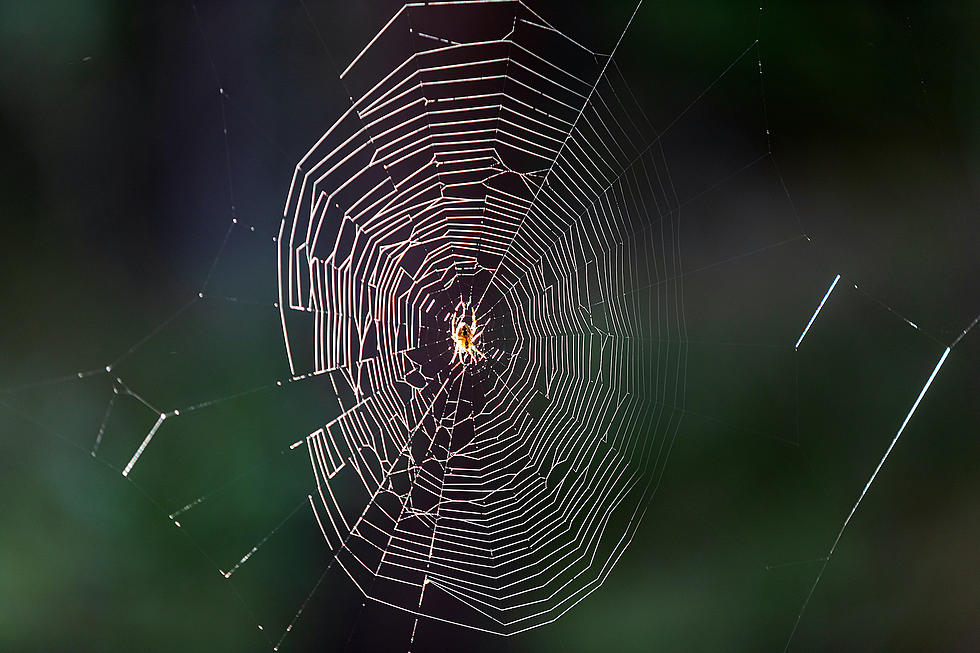
Hear What Scientists Discovered When They Translated a Spider Web Into Music
Ever wonder if spiders can make music? Well, it turns out that they can.
A group of researchers recently interpreted a spider web's structure into sound. The "spider web sonification," they call it, arises from the combined vibrations of each strand. It's now available for all to hear, and it sounds like a slightly unsettling symphony of atonal noises.
Listen to it down toward the bottom of this post.
Markus Buehler, a scientist who holds a postdoctoral degree in material science, spearheaded the spider music experiment. He worked together with his colleagues at the Massachusetts Institute of Technology (MIT). Together, they presented their findings at the American Chemical Society's (ACS) spring meeting this week.
"The spider lives in an environment of vibrating strings," Buehler explained to Phys.org in an article from April 12. "They don't see very well, so they sense their world through vibrations, which have different frequencies."
That led the scientist to consider that spider webs "could be a new source for musical inspiration that is very different from the usual human experience."
How did the researchers capture the sounds? They laser-scanned a natural spider web to map its 2D cross-sections, then used computer algorithms to reconstruct the cobweb's 3D network. Assigning different frequencies of sound to each strand of the web, they then "played" the reconstructed spider web like a harp to hear the kind of sounds that it would make.
The team exhibited the resulting composition at several live performances. They also created a virtual reality setup that allowed spectators to "enter" the sonic spider web visually and audibly.
"The virtual reality environment is really intriguing because your ears are going to pick up structural features that you might see but not immediately recognize," Buehler said. "By hearing it and seeing it at the same time, you can really start to understand the environment the spider lives in."
But where will all this lead? Buehler hopes that learning the tones spider webs emit will enable us to communicate with them — by, say, sending different vibrations down a strand to the spider.
"We're trying to generate synthetic signals to basically speak the language of the spider," the lead researcher added. "If we expose them to certain patterns of rhythms or vibrations, can we affect what they do, and can we begin to communicate with them? Those are really exciting ideas."
Spider Web Sonification by Markus J. Buehler
50 Disturbing Songs That People Love
More From 107.7 WRKR-FM










